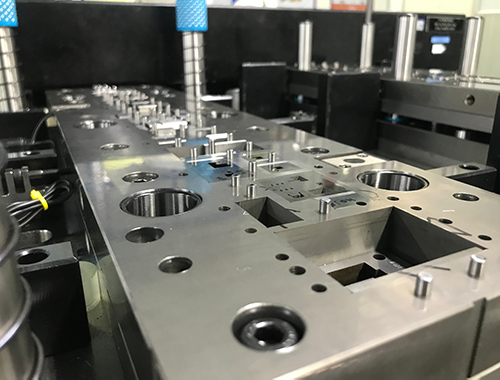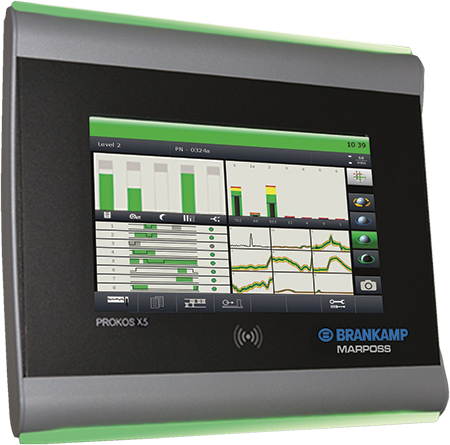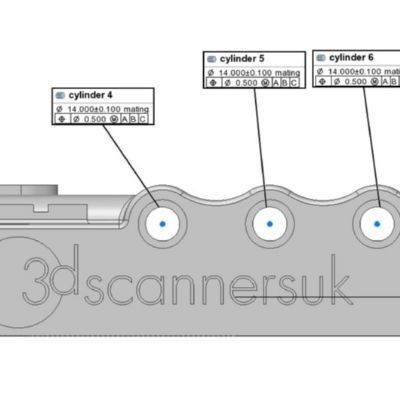Better Process Monitoring via In-Press Detection
January 29, 2020Comments
Technology that limits or prevents bad parts and damaged tooling through precise sensing and on-the-fly adjustment provides a powerful tool for metal formers.
 With the age of Industry 4.0 upon us, information is king, and those who not only gather but correctly and quickly assimilate and act on that data hold a royal flush. A walk around FABTECH last November in Chicago provided a glimpse into the impact of data on manufacturing, and on metal forming and fabricating in particular.
With the age of Industry 4.0 upon us, information is king, and those who not only gather but correctly and quickly assimilate and act on that data hold a royal flush. A walk around FABTECH last November in Chicago provided a glimpse into the impact of data on manufacturing, and on metal forming and fabricating in particular.
The technology explosion offers tremendous potential to monitor and control actions within the press bed, where press, tooling and part material all meet. More and more operations occur in the tooling, and in the press, as die and part designs advance along with press and press-control capabilities. Throw in ever-stronger and difficult-to-form workpiece materials, and the press bed becomes an extraordinarily busy and sophisticated location. Tracking and acting on all of these in-press items and actions demand effective, precise and robust monitoring and control capabilities.
As an example, at FABTECH Marposs demonstrated for MetalForming the Brankamp X series of real-time process monitoring technologies for metal forming and stamping operations. The units immediately identify manufacturing faults as well as part or tool variations, with stated benefits including optimized machine efficiency, improved part quality, and the potential to limit unplanned downtime and tooling costs.
The trend toward lightweight construction and increased part complexity can result in higher deformation levels. Process-integrated monitoring provides a method to detect a range of quality defects such as cracks in components, strip marks, broken tool elements, or turned or mis-introduced parts, thus bringing the possibility of 100-percent workpiece quality control.
Recognizing the trend, and the benefits of such monitoring technology, high-speed-press builder Bruderer Machinery Inc. began working with Marposs in 2013 to incorporate Brankamp in-press systems for its stamping customers.
Quick Problem Recognition Minimizes Bad Parts
 |
| An errant slug, a blob of oil…the slightest problems in a die can spell doom for intricate, small parts. The ability to detect and act upon such problems quickly saves tooling and minimizes the chances of producing bad parts. |
Depending on the application, sensors placed either on the machine, in the tooling or in the dies connect the press to a Brankamp X-series unit, enabling users to assess in real time process performance via an HMI.
Force sensors, placed in specific positions, monitor tool and machine performance related to the forces applied, according to Marposs officials. From these sensors, the systems learn the normal limits of the process. The control unit then observes the signals of each cycle and compares it with the stored limit curve. Sensing the movement of a signal outside of the envelope curve, the formed part is sorted out or the machine is stopped.










